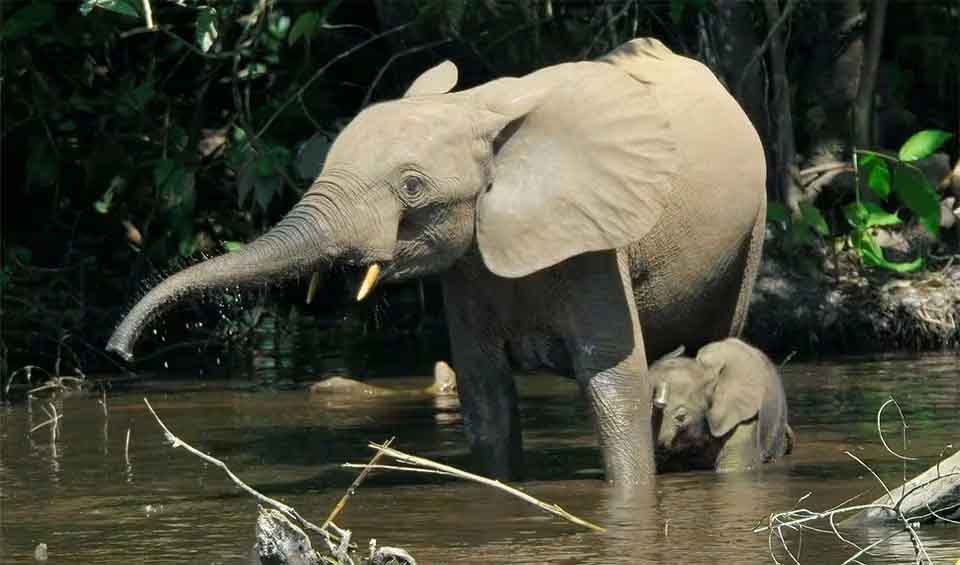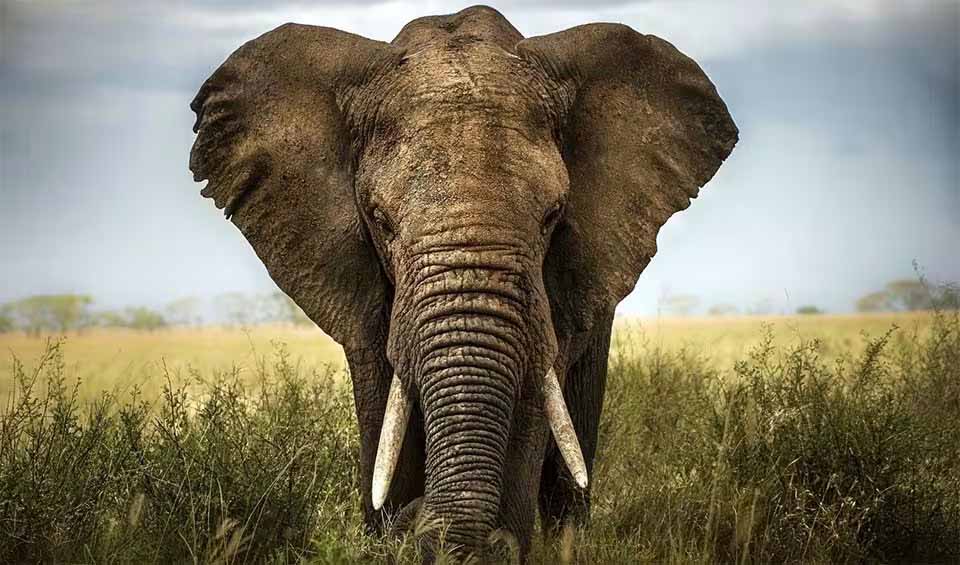Loxodonta – African elephants
Genus of the heaviest land mammals; severely threatened by humans
The genus Loxodonta encompasses two living elephant species: the African bush (savanna) elephant and the African forest elephant. These magnificent creatures are among the most iconic and revered animals on the African continent.
African elephants are characterized by their impressive size, with adult males often reaching heights of up to 3 meters (10 feet) at the shoulder and weighing as much as 6,000 kilograms (13,000 pounds). The African bush elephant, the larger of the two species, is primarily found in savanna grasslands and woodland habitats across sub-Saharan Africa. In contrast, the African forest elephant, which is slightly smaller, inhabits the dense rainforests of Central and West Africa.
One of the most distinguishing features of African elephants is their distinctive, folded grey skin, which can be up to 3 centimeters (1.2 inches) thick. This thick skin protects from the sun and helps regulate body temperature, a crucial adaptation for elephants living in hot, equatorial climates. Additionally, African elephants are covered with sparse, bristled black to dark-brown hair, which provides further insulation and protection against external elements.
Beyond their physical characteristics, African elephants are renowned for their remarkable intelligence and complex social behaviors. Their highly developed brains exhibit structural similarities to those of humans, enabling them to express a wide range of behaviors, including grief, mimicry, compassion, and cooperation. Elephants form tight-knit family units led by matriarchs, older females with valuable knowledge and experience passed down through generations.
Despite their intelligence and social complexity, African elephants face numerous threats to their survival, primarily driven by human activities. Foremost among these threats is poaching, fueled by the demand for ivory tusks in illegal wildlife trade markets. The relentless slaughter of elephants for their tusks has had devastating consequences for populations across Africa, leading to significant declines in numbers and disrupting social structures within elephant communities.
Species in this genus
African forest elephant
Inhabiting humid forests in West Africa; they are the smallest of the three elephant species
African bush elephant
Size matters! The largest of the three elephant species and the largest extant terrestrial creature on our planet



